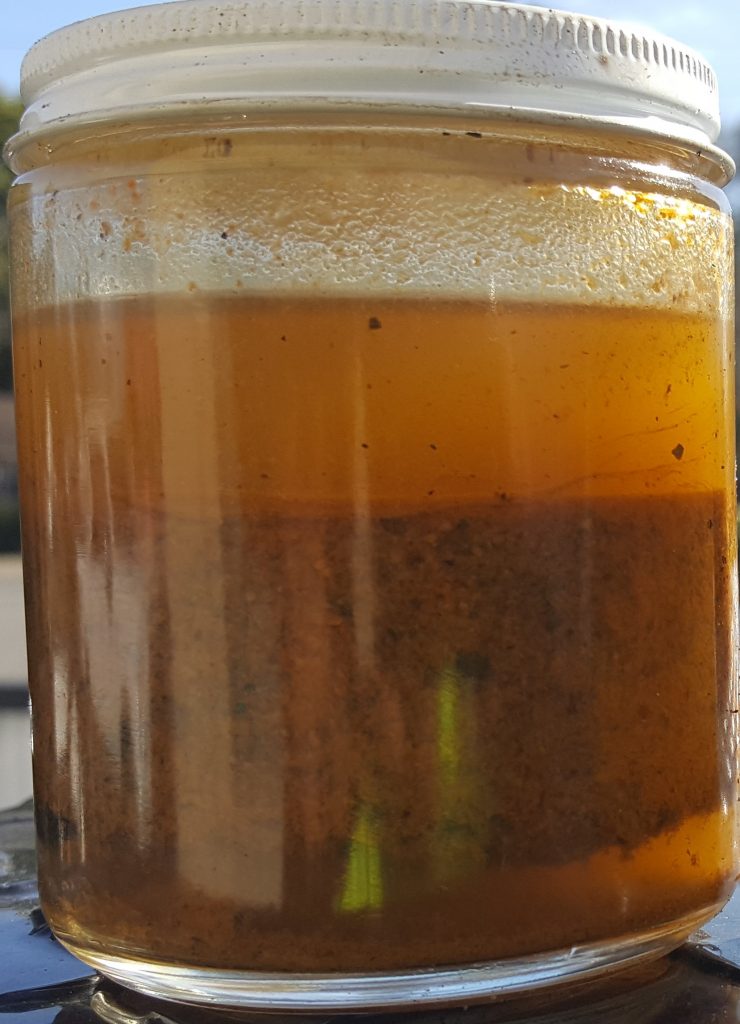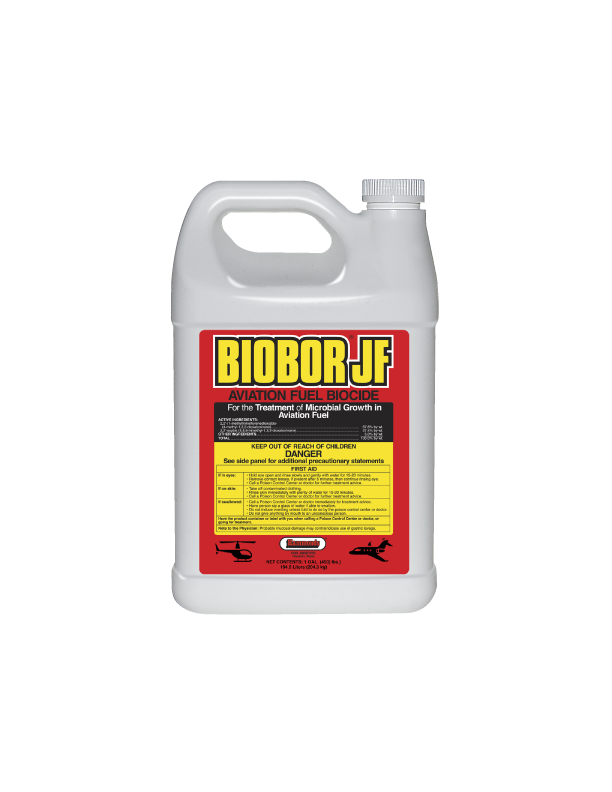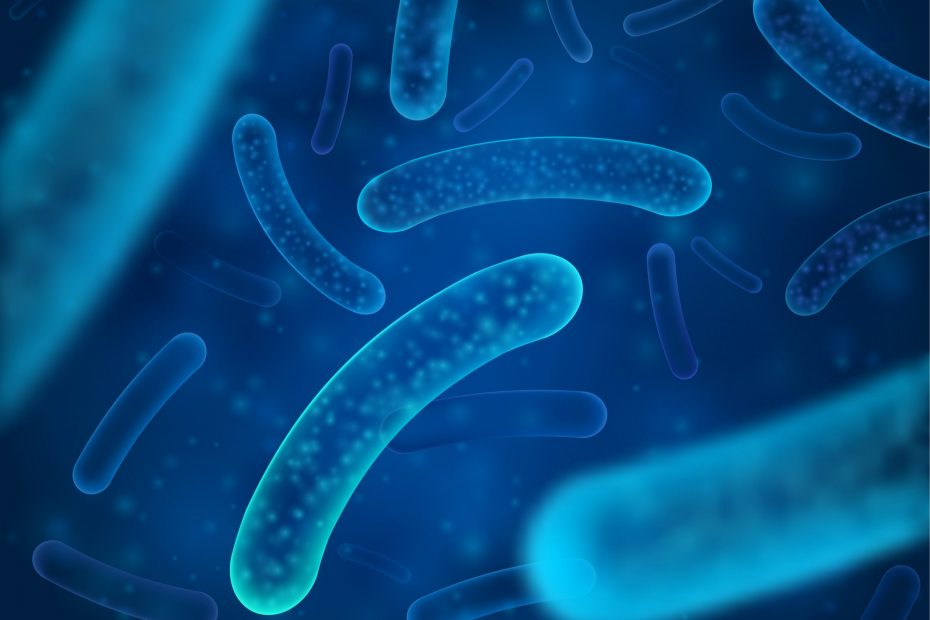It is no secret the damage unchecked fuel systems incur due to microbial contamination. Product loss, liability increases and Microbial Influenced Corrosion (MIC). MIC is responsible for significant financial cost. According to NACE International, corrosion within the fuel industry accounts for over $7 Billion in annual losses. The adverse effect microorganisms play in damaging fuel systems can be catastrophic.
Microorganisms are everywhere. They are in the air, the ground and in your fuel systems. There are two commonly found organisms in fuel, bacteria and fungi. Yeast and molds are the most common fungi found. Fungi often observed in the water-fuel interfaces on the bottom of tanks form a thick membrane or film evident in bottom samples like the one shown.

Bacteria are single-cell microorganisms. Three broad types are relevant to the fuel industry: aerobes, anaerobes and facultative anaerobes.
3 types of bacteria
- Aerobic bacteria require oxygen to survive. Some can remain dormant in the lack of oxygen. Oxygen found commonly in water-fuel interfaces and condensation provide a ready source.
- Anaerobic bacteria cannot tolerate oxygen and will likely die while others can remain dormant. The most common and damaging anaerobe found in fuel systems is Sulphate Reducing Bacteria (SRB) responsible for a large share of MIC.
- Facultative anaerobes can survive in both oxygen and anoxic (without oxygen) environments.
The most important thing to realize is that no one single microbe causes the problems associated with fuel contamination and fuel system damage. Microbes work in consortia (communities working together) and biodeterioration (the detrimental change to materials due to bioorganic activity) results from microbes working together.

Why is it so important to have a basic understanding of fuels microbiology? Answer, microbes are everywhere and they are responsible for a majority of fuel system damage. The more you know about how they live and infect your system, the more successful you will be at controlling the damage associated with microbial contamination. Over the next few posts, fuels microbiology will be discussed. Until then, remember Hammonds Fuel Additives, Inc. is the foremost leader in treating fuel with microbial growth. Biobor JF microbicide was the first fuel biocide introduced in 1965 to deal with the serious problems associated with microbes in jet fuel. Today, Biobor JF continues to be the premium fuel biocide.
Share the Post








